50% Off Sale at Night Shade Books
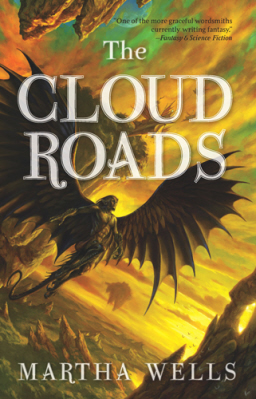 Night Shade Books, one of the leading small press publishers, is having a 50% off sale. That’s 50% off every book in their catalog, including all existing stock and forthcoming titles.
Night Shade Books, one of the leading small press publishers, is having a 50% off sale. That’s 50% off every book in their catalog, including all existing stock and forthcoming titles.
However the sale only lasts until next Thursday, April 26th, so act fast.
Night Shade publishes some of the most acclaimed authors in the business, including Martha Wells, Manly Wade Wellman, Greg Egan, Glen Cook, David Drake, Paolo Bacigalupi, Kage Baker, Jay Lake, Iain M. Banks, Elizabeth Bear, Charles Saunders, Lucius Shepard, and many more.
Night Shade has also earned a fine reputation for discovering and promoting many of the hottest rising stars in SF and fantasy. Just in the last few years they’ve published Rob Ziegler’s Seed, Cat Valente’s The Habitation of the Blessed, Bradley P. Beaulieu’s The Winds of Khalakovo, J.M. McDermott’s Never Knew Another, Kameron Hurley God’s War, Jon Armstrong’s Philip K. Dick Award nominee Yarn, and the Hugo Award-winning The Windup Girl by Paolo Bacigalupi, just to name a few.
Looking for recommendations? Here at Black Gate we’ve recently discussed several excellent Night Shade titles, including:
- Jonathan Strahan’s The Best SF and Fantasy of the Year Vol. 6
- Bradley P. Beaulieu’s The Straits of Galahesh
- Martha Wells’ The Serpent Sea
- Nathan Long’s Jane Carver of Waar
- Manly Wade Wellman’s The Third Cry to Legba and Other Invocations and Fearful Rock; and
- J.M. McDermott’s Never Knew Another
as well as one or two I’m doubtlessly forgetting.
I also highly recommend all four volumes of Jonathan Strahan Eclipse series, perhaps the best original anthology line currently on the market, Ann and Jeff VanderMeer’s nifty pirate anthology Fast Ships, Black Sails, and Charles Saunders’ legendary sword & sorcery novel Imaro.
To get 50% off you need to purchase at least four titles — which won’t be a problem, considering the rich selection you have to choose from. Get all the details on the sale here, and start shopping their catalog here.

 Whistle for your post owl, conjure your djinn, geas an itinerant minstrel or passer-by into delivering your parcel: genre publisher
Whistle for your post owl, conjure your djinn, geas an itinerant minstrel or passer-by into delivering your parcel: genre publisher 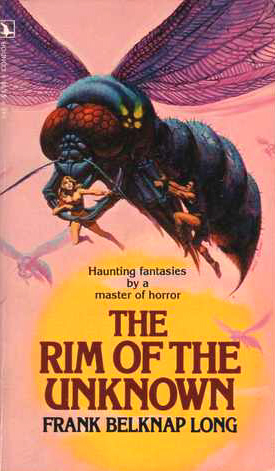
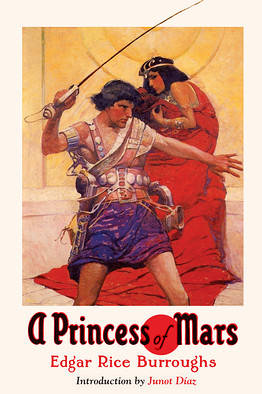
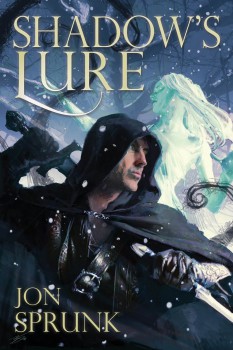 Shadow’s Lure
Shadow’s Lure The Middle East has produced some world famous mythology and is fertile ground to base a fantasy novel, as more and more authors are discovering. Over the next several posts I will be exploring this modern day trend and interviewing many of the authors who are mining the lore and culture of the Middle East, and specifically the Arabian Middle East for their work.
The Middle East has produced some world famous mythology and is fertile ground to base a fantasy novel, as more and more authors are discovering. Over the next several posts I will be exploring this modern day trend and interviewing many of the authors who are mining the lore and culture of the Middle East, and specifically the Arabian Middle East for their work.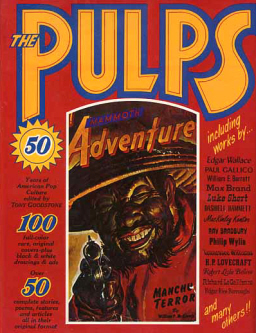 Pulp fiction is back — in print, online, in ebooks, and on iPads. Tough guys, tough women, tough prose, action and more action, blood and thunder, heroes and villains presented unapologetically as heroes and villains.
Pulp fiction is back — in print, online, in ebooks, and on iPads. Tough guys, tough women, tough prose, action and more action, blood and thunder, heroes and villains presented unapologetically as heroes and villains.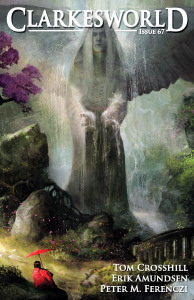 The April issue of Clarkesworld is currently
The April issue of Clarkesworld is currently 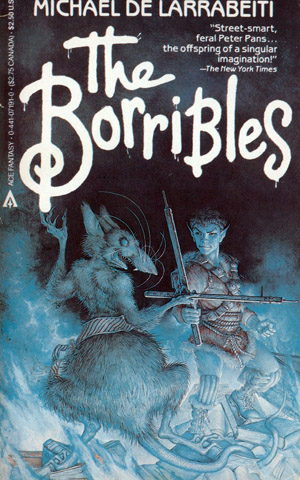 The Borribles
The Borribles